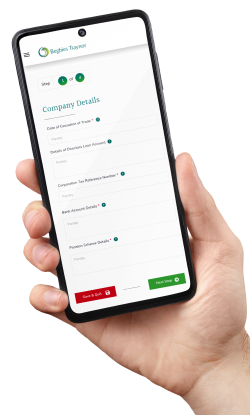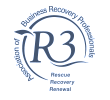Liquidation involves selling a business’ assets and using the proceeds to repay debts as far as possible. The company is then permanently closed down, but there are two forms of insolvent liquidation to consider:
So why would you want to place your own company into liquidation?
Concerned about the National Insurance increase?
For the 2024-25 tax year, the rate of employer National Insurance increases from 13.8% to 15% adding yet more pressure onto already squeezed cash flows. If you are worried about the impact this could have on your company’s finances, talk to the experts at UK Liquidators. As licensed insolvency practitioners we can explain your options and help you plot a way forward. Call today on 0800 063 9262.
When you wait for a creditor to force your company into liquidation you risk increasing the financial losses of creditors as a whole. This directly contravenes insolvency laws in the UK and is a breach of your obligations as a company director.
Creditors’ Voluntary Liquidation does incur professional fees, and given that the business is insolvent it may appear counter-intuitive to incur further costs in this way. It’s possible to mitigate this issue, however, as you and other directors may be eligible to claim director redundancy pay and use it to cover the costs of the process.
Liquidation Portal
For Company Directors

There are three tests for insolvency that you need to be aware of:
It’s advisable to formally establish whether the company is solvent or insolvent. Seeking advice from an insolvency expert can help you avoid accusations of misconduct further down the line – failing to cease trade when insolvent, for example.
So what are some of the warning signs of insolvency that could prepare you for potential liquidation, and when might that prospect become a reality?
These are just some of the signs that can lead to insolvency and ultimately require you to liquidate your company:
So what should you do if you think it’s time to place your company into liquidation?
Start your online liquidation today
If you have decided liquidation is the right option for your limited company, you can take the first step and begin the process online using our online portal. Starting the process is quick, simple, and can be done at a time that suits you. Your information will be submitted to your local UK Liquidators insolvency practitioner who will be with you every step of the way. Click here to start your company’s liquidation online.
You need to seek advice from a licensed insolvency practitioner when your company enters insolvency. They’ll guide you on your next steps, and if CVL is the only option you can take the initiative as directors and prioritise creditors according to UK insolvency laws.
A winding up resolution is passed when 75% or more of members vote in favour of liquidation, and the appointed liquidator then takes control of the company. The IP realises company assets and distributes funds to creditors, ultimately closing the company down.
There’s also an investigation into director conduct leading up to the time of insolvency, to make sure no misconduct has taken place. By seeking advice from a licensed IP and placing the interests of creditors first, however, you’re at less risk of serious allegations being made against you.
For more information on liquidating an insolvent company and the possibility of claiming redundancy pay as a director, please contact our team of experts at UK Liquidators. We’re liquidation specialists operating from a network of offices nationwide, and offer free same-day consultations to quickly provide the professional guidance you need.
By completing the test, you will receive:
If you are considering liquidation for your company, taking expert advice at an early stage is crucial. At UK Liquidators, our team of licensed insolvency practitioners are committed to providing limited company directors with the help and advice they need to make an informed decision.




Looking for immediate support?
Complete the below to get in touch